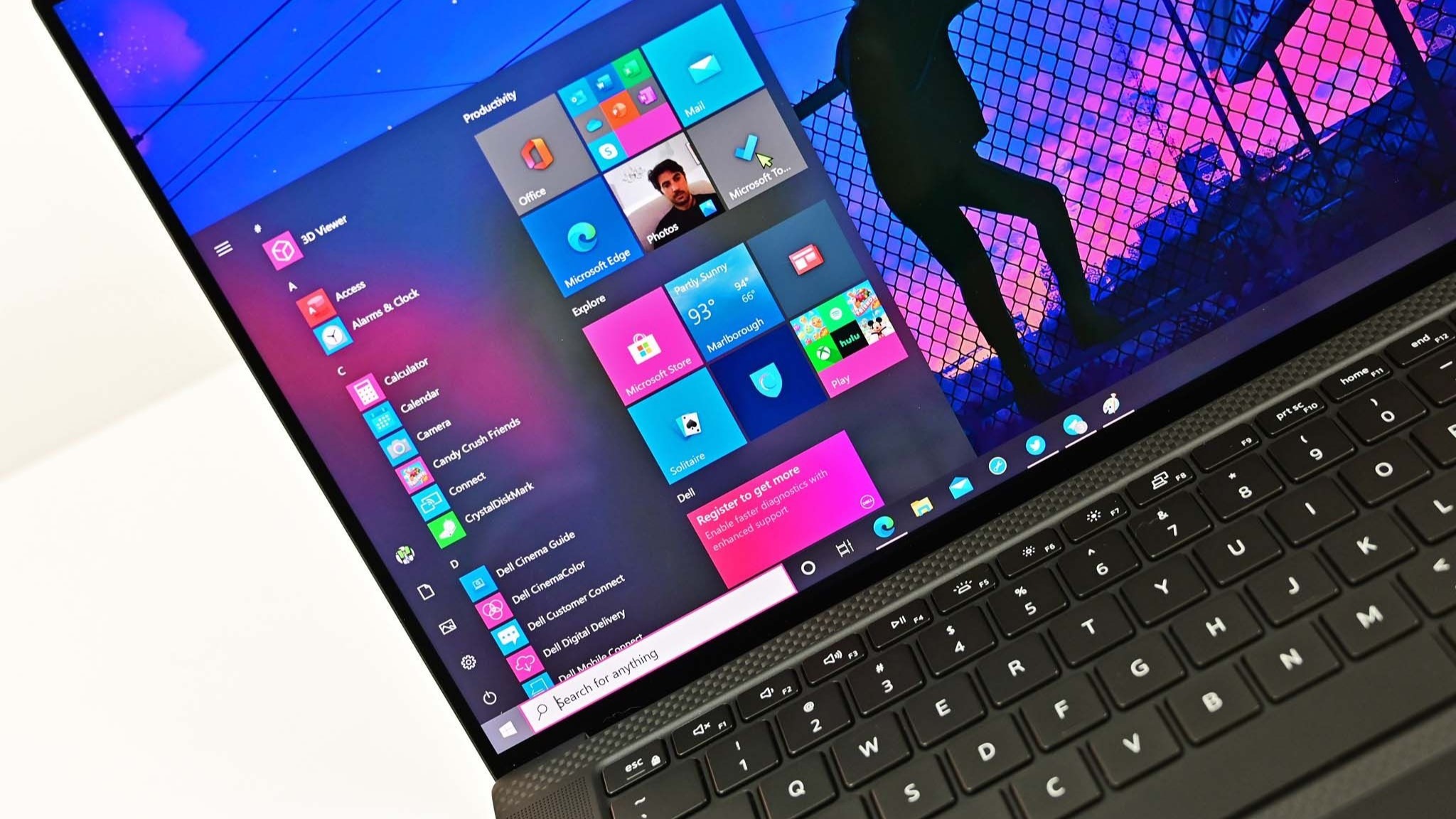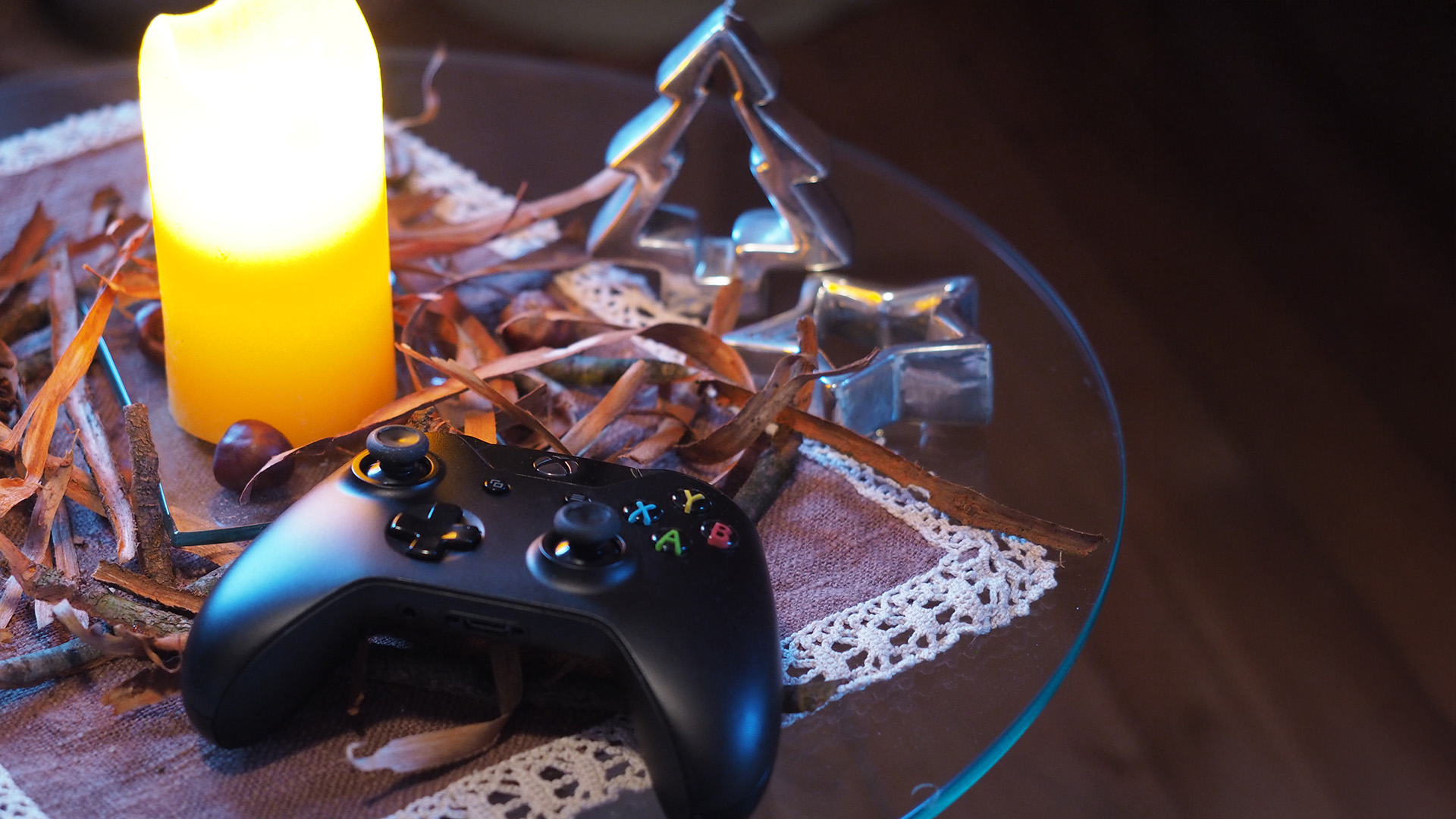UK gov’t spends £312M upgrading to Windows 10 — the OS Microsoft just buried, instead of Windows 11

Windows 10 was officially retired by Microsoft on October 14, 2025, about 10 years after its launch. Windows 11 is now the company's main focus, regularly receiving feature and security updates.
The Windows 10 End-of-Life period has caused (and will continue to cause) a lot of problems for home and business PC users, but it's one of the UK's government departments making headlines lately with its upgrade spending.
According to a report from The Register, the UK's Department for Environment, Food & Rural Affairs (Defra) has just completed the process of upgrading tens of thousands of Windows 7 PCs with Windows 10.
You're not wrong in thinking that this is a move from one obsolete operating system (OS) to another that's also been — at least partially — retired by its creator. I don't think the timing could be any worse, and I can hear a collective groan coming from the taxpayers.
The details of the governmental upgrade process came to light thanks to an official report filed by David Hill, Interim Permanent Secretary at Defra. Filed on October 10, 2025, the report lays out in detail the spending and update process.
The report is a response to a May 2023 request from the Public Accounts Committee, in which the committee requested that Defra should, in part, "strengthen its case for investment by developing its analysis of the efficiency savings that could be achieved through modernising its systems and processes."
The second part of the request says that Defra should "write to the Committee within a year with the results of this analysis and what action it plans to take as a result." That puts the Defra response at about 17 months overdue. Better late than never? Maybe not this time.
All the latest news, reviews, and guides for Windows and Xbox diehards.
Defra's spending topped £312 million, and there's more to come
Defra Interim Permanent Secretary Hill's report lays out the details of the estate's £312 million spending to upgrade its tech. That's about $411 million USD or $576 million CAD.
The spending took place over the course of two years, with much of the money used to remove or upgrade to Windows 10, 31,500 laptops using Windows 7.
The report also details the fixing of a whopping 49,000 critical vulnerabilities in its IT network, and the migration of 137 "legacy applications" to more modern infrastructure.
Elsewhere, Defra closed a data center, upgraded the Animal and Plant Health Agency's SAM service to Defra's private cloud, and deployed security fixes to "obsolete servers" as a stopgap until they can be upgraded in the future.
Defra's report says that there remain 24,000 devices, 26,000 smartphones, and network infrastructure requiring replacement. It appears that the plan is to replace them over the course of the next three years.
Why these "devices" weren't upgraded at the same time as the raft of Windows 7 PCs is anyone's guess, but there's a good chance they weren't eligible to run Windows 10.
And, of course, all of the 31,500 laptops that were just upgraded from Windows 7 to Windows 10 are now running on borrowed time. Microsoft's Extended Security Updates (ESU) program can add another year of free updates to the retired OS, but after October 13, 2026, it's game over.
Governments move slowly, but Windows 10's shuttering doesn't help
Anyone who has worked in or alongside a government institution knows how drawn-out its actions can be, and the overdue Defra report is proof. But Microsoft should take some of the blame for the current situation.
Microsoft's decision to end official support for Windows 10 while nearly half of all Windows users around the world were still using it has been met with accusations of "planned obsolescence," and Microsoft's wishy-washy response, including the backtracking to allow for another year of security updates, has been likened to a snooze button.
Now that Defra has moved tens of thousands of PCs to Windows 10, it's essentially facing the same problem it had with Windows 7 devices. I suspect that there are likely many similar situations occurring right now within government and enterprise institutions.
It's ultimately a reminder that the fallout from Microsoft's decision to end Windows 10 will be felt for years to come.
(via TechRadar)
FAQ
Why did Defra upgrade to Windows 10 so late?
Defra was still running tens of thousands of Windows 7 devices, which posed major security risks. The upgrade was part of a £312M modernization program to reduce vulnerabilities and improve reliability.
Why is this a problem?
The department spent hundreds of millions moving to an OS that’s already obsolete, raising concerns about wasted funds and poor alignment with Microsoft’s roadmap.
Is Windows 10 no longer supported by Microsoft?
Windows 10 reached End-of-Life (EoL) on October 14, 2025. Microsoft is no longer delivering security or feature updates for the OS barring some extra actions on your part.
Can I keep using Windows 10 securely?
Windows 10 is no longer receiving security updates unless you enroll in the Extended Security Updates (ESU) program.
Enrolling in the ESU program is free, and it will continue delivering security updates to your Windows 10 PC up until October 2026.
👉 How to use Windows 10 ESU to keep getting updates after October 2025
Can I upgrade my Windows 10 PC to Windows 11?
Many PCs still running Windows 10 can indeed be upgraded to Windows 11. Eligibility includes a few system requirements, including Secure Boot and TPM 2.0. Our guide on how to upgrade from Windows 10 to Windows 11 has a lot more information.
What should I do with a Windows 10 PC that is now obsolete?
If your Windows 10 PC does not support Windows 11 and you have already upgraded to a new device, Microsoft recommends that you securely wipe your old PC to ensure your data doesn't end up in the wrong hands.
We've put together a step-by-step guide on how to securely erase your old PC's data to help you through the process.

Follow Windows Central on Google News to keep our latest news, insights, and features at the top of your feeds!

Cale Hunt brings to Windows Central more than nine years of experience writing about laptops, PCs, accessories, games, and beyond. If it runs Windows or in some way complements the hardware, there’s a good chance he knows about it, has written about it, or is already busy testing it.
You must confirm your public display name before commenting
Please logout and then login again, you will then be prompted to enter your display name.

